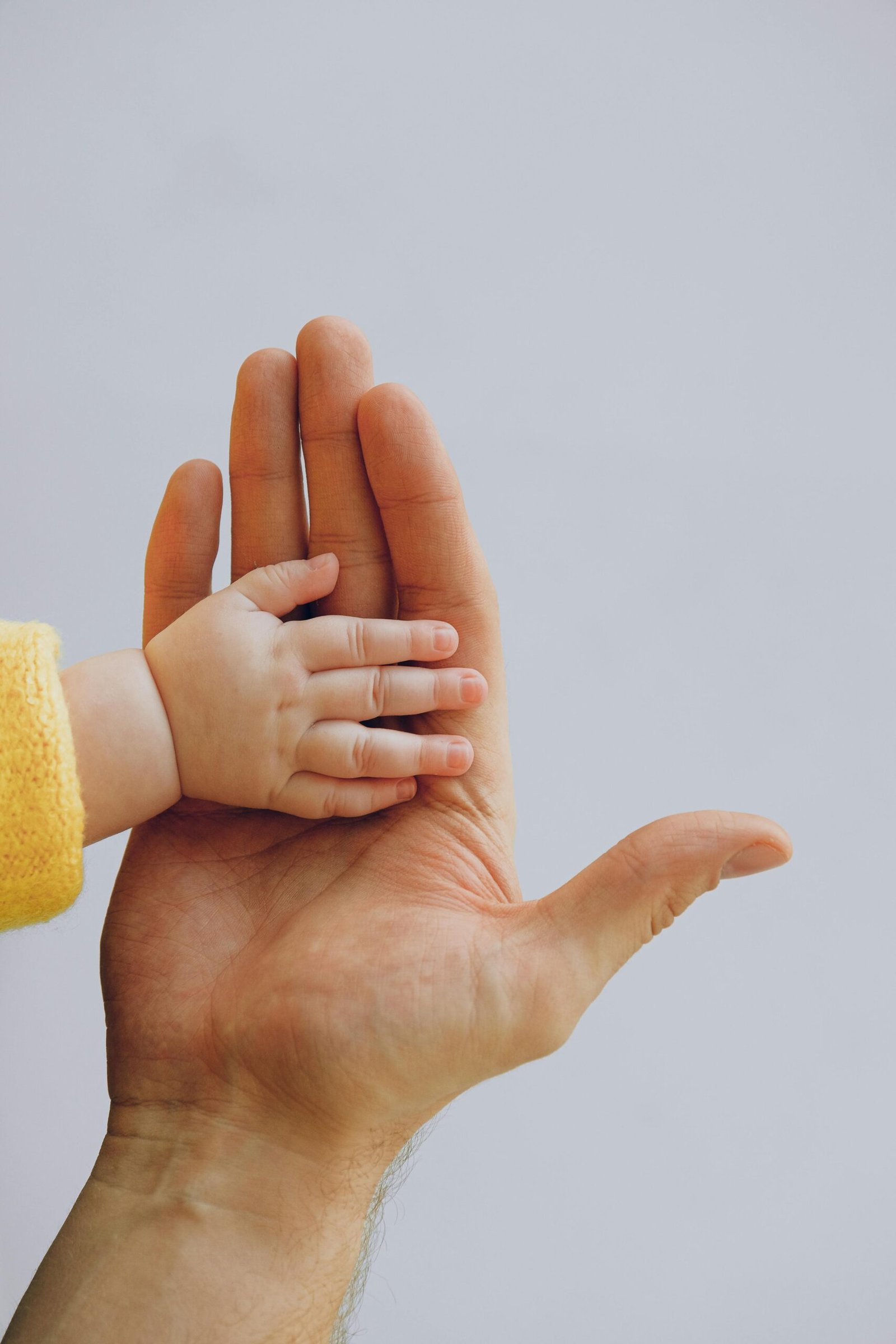The language of infants: How does a baby communicate before speaking?
From the moment a child is born, they begin to interact with the world around them in amazing ways, despite their inability to express themselves with words. Before an infant utters their first words, they have already started to build bridges of communication with their parents and caregivers. In this article, we reveal the secrets of ‘infant language’ and explain how a child speaks in their own language that is understood by those who listen attentively.
- Crying: The primary tool of expression
Crying is the first form of communication in infants, but it is not just random yelling. Over time, parents can distinguish between different types of crying:
Hunger cry: It starts with a soft sound and gradually increases.
Pain cry: It is sharp, sudden, and intermittent.
Boredom or attention-seeking cry: It is often whiny and may stop when the child is held or distracted.
Tired cry: It is accompanied by eye rubbing or yawning and often occurs at sleep times.
Understanding these signals can reduce stress and enhance the bond of trust between the child and their parents.
2. Eye contact: The language of the eyes
A baby starts to follow people’s faces with their eyes from the first days. By about two months of age, they can gaze intently at their mother’s or father’s face, which is an indicator of their desire to communicate. Later, they begin:
Exchanging glances: This is an early sign of developing social skills.
Interacting with facial expressions: Such as smiling in response to their mother’s smile.
These innocent glances plant the first seeds of human relationships in the child’s life.
3. Cooing and sounds: Steps towards speech
At two to three months of age, the baby begins to make simple sounds like ‘agoo’ or ‘gaa’. These sounds, referred to as cooing, are the baby’s first attempts to use their voice, representing an important stage in language development:
The infant enjoys their voice and learns that they can interact.
They sometimes wait for responses from others, which shows the beginnings of interactive dialogue.
Speaking to the baby, even if they do not understand the words, enhances their linguistic and emotional growth.
4. Body language: Movement means a lot
Infants use their bodies to express their needs and feelings:
Stretching or arching the back: may indicate colic or discomfort.
Kicking and moving arms: may express joy or excitement.
Grabbing a finger or touching the face: a sign of needing comfort or affection.
As the months go by, the physical cues begin to become more coordinated, and the child may use pointing or raising their hand to ask to be held.
5. Response to sound and music: Early emotional communication
A child is attracted to sounds from birth, especially the mother’s voice. Some of the most notable aspects of their communication include:
Calmness when hearing a familiar voice: such as the mother’s voice or a certain melody.
Attention to the tone of voice: children distinguish between angry and affectionate tones.
Enjoyment of music: they move their bodies in response to the rhythm.
These auditory interactions strengthen emotional bonds and contribute to the development of auditory and linguistic skills.
6. Early social interaction and imitation
Starting from the age of 3 to 6 months, the child begins to imitate the facial expressions of those around them, such as:
– Opening their mouth when they see someone open their mouth.
– Trying to imitate simple sounds.
– Smiling in response to a smile.
This imitation is the foundation of language learning and social behavior, reflecting the child’s desire to participate and communicate.
These are tips for parents to understand the language of the infant:
- Monitor the signals: Don’t just listen to the crying, but look at the child’s facial expressions and movements.
- Respond quickly: The child feels safe when they find a quick response to their needs.
- Talk to him continuously: Even if he doesn’t understand, talking nourishes his brain and strengthens the bond between you.
- Mimic his sounds: This encourages him to interact and teaches him the principle of dialogue.
- Hold the child and get close to him: Physical and facial communication enhances the understanding of subtle signals.
Although he doesn’t use words, the infant has been ‘speaking’ since birth, using a unique language filled with emotions. Understanding this language enhances the relationship between parents and the child, and helps to build an environment of love and trust. Listening to the child is not just with the ear, but with the heart, the eyes, and attention.

